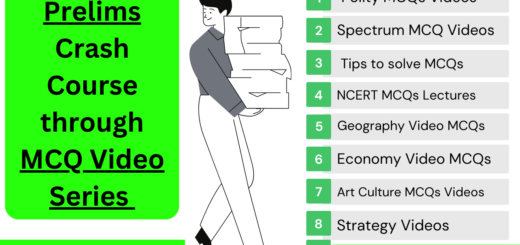What is Harappa period explain the same from economic and cultural perspective
Title: An Exploration of the Harappan Period from Economic and Cultural Perspectives
The Harappan period, commonly known as the Indus Valley civilization, is a milestone era in the history of ancient India. Revealing itself circa 2500 BCE to 1750 BCE, it was one of the world’s earliest significant urban cultures, parallel to ancient Egypt and Mesopotamia. The study of this epoch encapsulates everything from understanding its sophisticated urban planning, architectural proficiency, and intricate societal hierarchy, to its thriving economic system and rich cultural shades.
Economic Perspective of the Harappan Period
Agriculture Based Economy: Primarily, the Harappan economy was agriculture-based. They cultivated wheat, barley, peas, sesame, mustard, rice, and cotton, using advanced agricultural practices such as the use of metal ploughs. Its agrarian system necessitated effective water management techniques, leading to the initiation of elaborate irrigation systems and reservoirs.
Trade & Commerce: Alongside, there existed flourishing internal and external trade networks. Items such as terracotta pots, beads, beautiful seals, bronze and copper tools, and jewellery testify to their complex commercial interactions. The Harappans imported precious stones like lapis lazuli and turquoise from distant places like Persia and Afghanistan, underlining their extensive trade liaisons.
Standardized System of Weights & Measures: The system of standardized weights and measures used in transactions further reflects the economic proficiency of the Harappan people. These standardized systems facilitated fair and universal trade practices throughout the civilization.
Public Services: The urban planning and public services also denote high economic maturity, as they exhibit the allocation of resources to public goods like sanitation systems and organized city structures.
Cultural Perspectives of the Harappan Period
Religious Practices : The cultural fabric of the Harappan society can be understood from various artifacts and figurines found during excavations. They provide valuable insight into their religious practices, possibly giving birth to the principles of Yoga and meditation. The existence of symbols on seal inscriptions could point towards early forms of religious or ritualistic scripts.
Art & Craft: Art flourished during this period, with the discovery of various types of pottery, statues, beads, and jewelry made of gold, silver, copper, bronze, and semi-precious stones. Terracotta figurines, intricate seal crafting, and a plethora of pottery styles signify the skilled craftsmanship of the Harappans.
Social Hierarchy: The societal structure was likely hierarchical, as suggested by the differential residential facilities and burial practices. The distinct urban design, characterized by a citadel for ruling classes and lower town for others, indicates social distinctions.
Literature: Although the Harappan script remains undeciphered, seals bearing these scripts symbolize an established form of written communication indicating a probable literate society.
Preparation for UPSC examinations requires a comprehensive, in-depth knowledge of India’s historical periods, including the Harappan era. An understanding of these historical events, their economic implications, and cultural influences can offer valuable insights into India’s political, social, and economic evolution, thereby aiding your goal to excel in the examination. Keep researching, keep questioning, and most importantly, keep learning.







